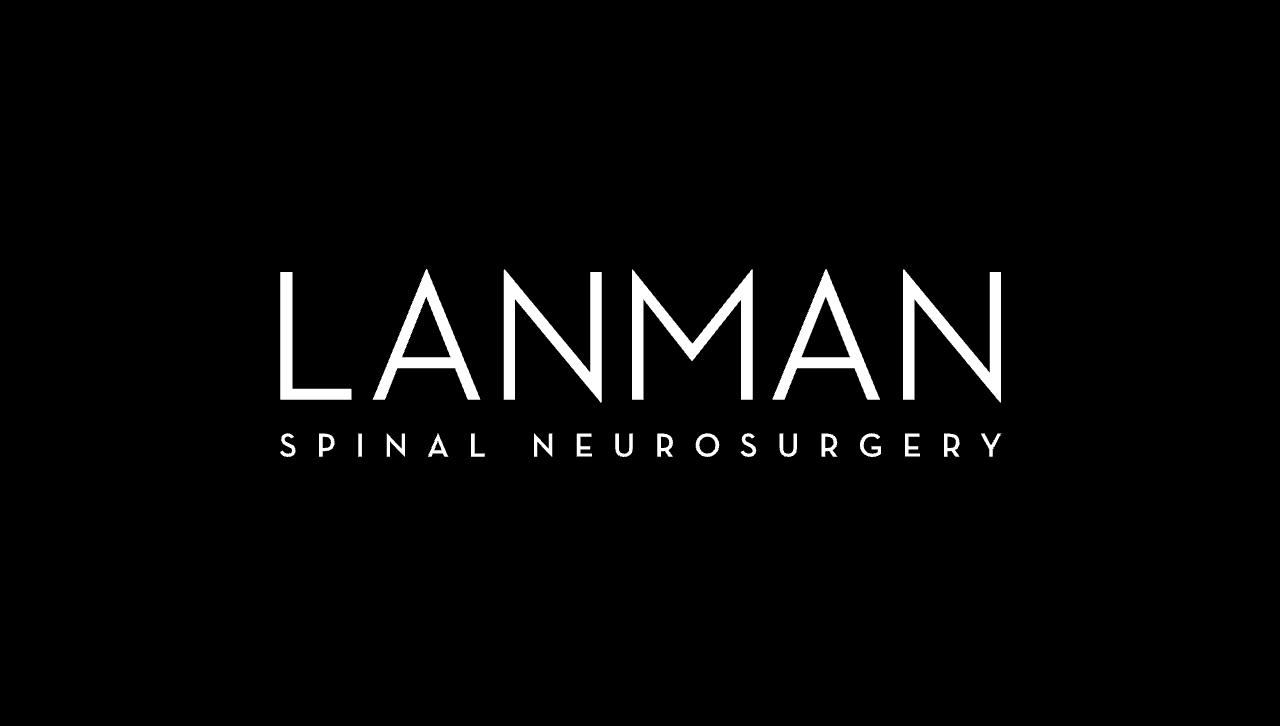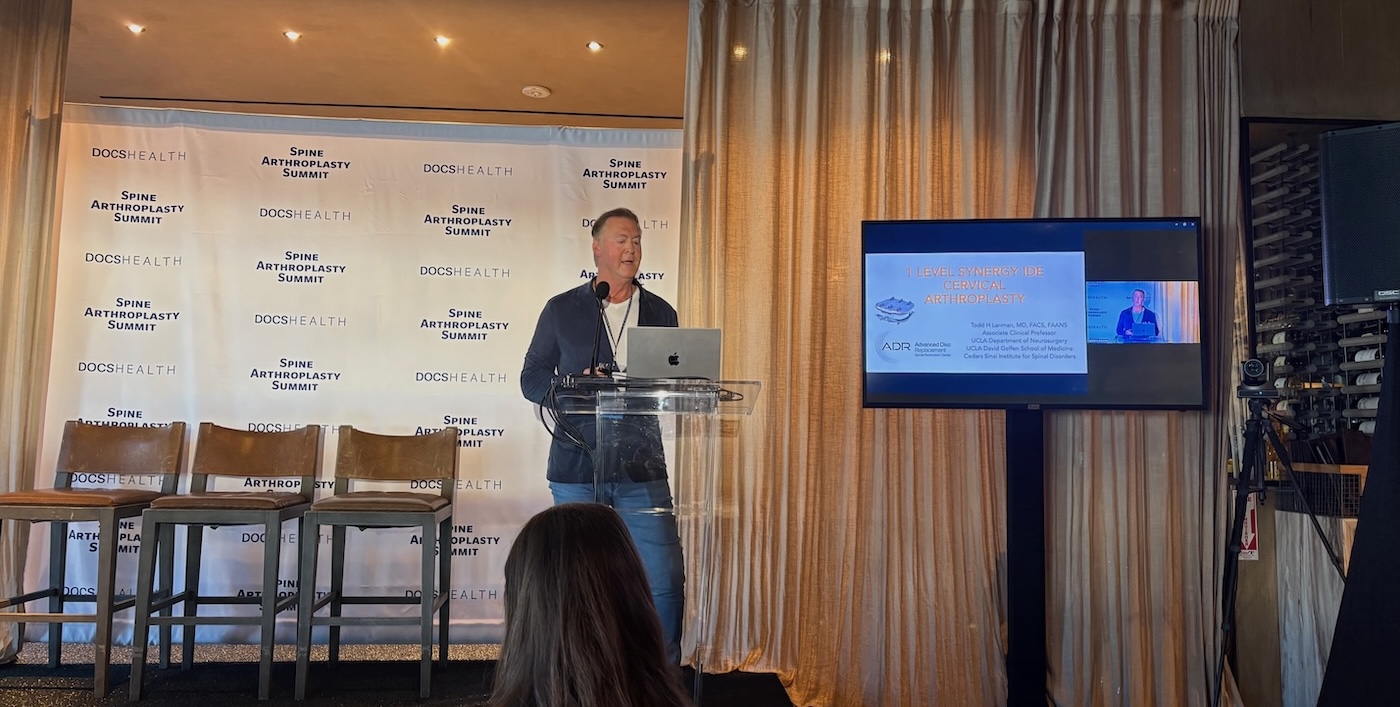Back surgery can relieve pressure on nerves and improve mobility, but it also carries the risk of nerve injury. Understanding the symptoms of nerve damage after back surgery is important for early recognition and treatment. Nerve damage may result from direct trauma during the procedure, prolonged nerve compression, or postoperative inflammation and scarring. Symptoms can vary widely depending on the type and location of the affected nerve. Recognizing these signs promptly can help you and your surgeon take steps to minimize long-term complications and improve recovery outcomes.
Can Back Surgery Cause Nerve Damage?
Yes, back surgery can cause nerve damage, although it is a relatively uncommon complication. Surgeons take great care to protect nerve structures during spinal procedures, but certain surgical steps inherently carry some risk. The likelihood of nerve injury depends on the type of surgery, the extent of spinal disease, and individual patient factors.
How Nerves Can Be Injured During Spine Procedures
Nerves can sustain injury during back surgery in several ways:
- Direct Trauma: Surgical instruments may accidentally cut, stretch, or compress nerve roots or the spinal cord.
- Prolonged Retraction: Nerves may become damaged if they are held under tension for extended periods during the procedure.
- Ischemia: Reduced blood flow to nerve tissues can cause ischemic injury, especially during lengthy or complex surgeries.
- Scar Tissue Formation (Epidural Fibrosis): In the healing phase, scar tissue may form around nerves, leading to delayed nerve compression and dysfunction.
- Hardware-Related Injury: In procedures that involve spinal implants, malpositioned screws or rods may compress nearby nerve roots.
Risk Factors That Increase the Chance of Nerve Damage
Several factors can raise the risk of nerve injury during or after back surgery:
- Type of Surgery: Complex procedures like spinal fusions, deformity corrections, or revision surgeries carry higher risk than less invasive operations.
- Extent of Nerve Compression Before Surgery: Chronic, severe nerve compression can make nerves more vulnerable to surgical manipulation.
- Patient Anatomy: Anatomical variations or previous surgeries can increase the technical difficulty and risk of nerve injury.
- Surgical Approach: Certain approaches (e.g., anterior lumbar interbody fusion) require working near sensitive nerve structures.
- Bleeding and Swelling: Postoperative hematoma or edema can place additional pressure on spinal nerves.
- Preexisting Medical Conditions: Diabetes, peripheral neuropathy, and poor vascular health can reduce a nerve’s ability to recover from minor surgical trauma.
Understanding these risks can help you make an informed decision about your back surgery.
Common Symptoms of Nerve Damage After Surgery
Symptoms of nerve damage after back surgery can vary depending on which nerves were affected and the extent of the injury. Some symptoms may appear immediately after the procedure, while others can develop days or even weeks later. Recognizing these signs early is important for prompt evaluation and management.
Common symptoms of nerve damage include:
- Numbness or Loss of Sensation: Patients may notice decreased feeling or complete numbness in the legs, feet, buttocks, or other areas served by the affected nerves.
- Tingling or “Pins and Needles” Sensation: Abnormal nerve signals can produce tingling, burning, or electric shock-like sensations along the nerve pathway (also known as paresthesia).
- Muscle Weakness: Damage to motor nerves can cause weakness in specific muscle groups. This may affect walking, climbing stairs, or lifting objects.
- Radiating Pain: Persistent or worsening pain that shoots down the leg (sciatica) or into the arms, depending on the surgery site, can signal ongoing nerve irritation or injury.
- Loss of Coordination or Balance: Impaired sensory feedback from damaged nerves may make it difficult to maintain balance or coordinate leg movements.
- Bowel or Bladder Dysfunction: Severe nerve injuries, especially those affecting the cauda equina, can lead to incontinence or difficulty with bladder and bowel control. This is a medical emergency requiring immediate attention.
- Sensory Changes on One Side or Both: Symptoms may appear on one side of the body or both, depending on the surgical site and type of nerve injury.
If you experience any of these symptoms after back surgery, especially new or worsening issues, it is important to contact your surgeon or seek medical care promptly. Early diagnosis and treatment can help reduce the risk of long-term complications.
How Long Do Symptoms Last—and When to Seek Help?
The duration and severity of nerve-related symptoms after back surgery can vary widely. Some symptoms resolve within days or weeks, while others may persist for months or become permanent. Knowing what to expect and when to seek medical attention ca help you recover and ideally prevent long-term complications.
Temporary vs. Permanent Nerve Symptoms
Mild nerve irritation from surgical manipulation or swelling often causes temporary symptoms. These may include numbness, tingling, or mild weakness that gradually improve as inflammation subsides and the nerve heals. Many patients notice steady improvement over the first 6 to 12 weeks after surgery.
In contrast, permanent nerve damage may occur if the nerve was severely injured, compressed for a prolonged period before surgery, or compromised by postoperative complications like hematoma or infection. Persistent symptoms that fail to improve after three months, or that worsen over time, may indicate a permanent nerve injury.
Key indicators that symptoms may be permanent include:
- Progressive weakness
- Persistent numbness with no signs of recovery
- Worsening pain despite standard postoperative care
When Delayed Nerve Damage May Appear
Although most nerve-related symptoms appear soon after surgery, delayed nerve damage can also occur. Some patients develop new or worsening symptoms weeks or even months after surgery due to factors such as:
- Scar Tissue Formation (Epidural Fibrosis): As scar tissue develops, it may entrap or compress nerve roots.
- Hardware Migration: In rare cases, spinal implants can shift and press on nearby nerves over time.
- Recurrent Disc Herniation: A new disc bulge at the surgical site can lead to renewed nerve compression. This would not occur after artificial disc replacement or spinal fusion because in these procedures, al the disc is removed.
Seek immediate medical attention if you experience:
- Sudden loss of sensation
- New or worsening weakness
- Difficulty controlling your bladder or bowels
- Severe or rapidly escalating pain in your back or legs
Early evaluation and intervention improve the chances of symptom resolution and help prevent permanent nerve damage.
Diagnosis and Imaging Tools
If you experience new or worsening nerve symptoms after back surgery, your healthcare provider may recommend diagnostic tests to identify the cause and guide treatment. These evaluations help distinguish between temporary nerve irritation, structural complications, and permanent nerve injury.
EMG and Nerve Conduction Studies
Electromyography (EMG) and nerve conduction studies (NCS) assess how well your nerves and muscles are functioning. These tests are especially useful when weakness, numbness, or tingling persists beyond the typical recovery period.
- EMG: Measures the electrical activity in muscles at rest and during movement. It helps detect signs of nerve injury or ongoing nerve irritation.
- Nerve Conduction Studies: Measure the speed and strength of electrical signals traveling along peripheral nerves. Abnormal results may indicate slowed or blocked nerve conduction due to injury.
EMG and NCS are typically performed several weeks after surgery, once early postoperative inflammation has subsided. This timing helps improve test accuracy and better defines the extent and location of nerve involvement.
MRI and Post-Surgical Imaging
Magnetic Resonance Imaging (MRI) remains the primary tool for visualizing soft tissue structures, including nerves, discs, and postoperative changes in the spine.
- Postoperative MRI: Can reveal recurrent disc herniation, scar tissue formation (epidural fibrosis), nerve root compression, or other structural issues contributing to ongoing symptoms.
In some cases, a contrast-enhanced MRI may be recommended to better distinguish between scar tissue and residual or recurrent disc material. In a contrast-enhanced MRI, the radiology technician infuses contrast into your vein that can be seen on MRI.
Additional imaging tools include:
- CT Myelography: May be used when MRI results are unclear, especially in patients with spinal hardware that limits MRI quality.
- X-rays or CT Scans: Primarily used to assess spinal alignment, bone healing, and hardware placement after procedures involving spinal fusion or instrumentation.
Timely diagnostic testing helps your care team determine whether your symptoms are part of normal postoperative healing or if further treatment is needed to address ongoing nerve compression or injury.
Can Nerve Damage Be Treated?
Yes, several treatment options are available for managing nerve damage after back surgery. The appropriate approach depends on the severity of the injury, the specific symptoms, and the underlying cause identified during diagnostic evaluation. Early intervention improves the likelihood of symptom improvement and functional recovery.
Medications and Nerve Pain Management
For patients experiencing nerve pain (neuropathic pain), medications can help reduce discomfort and improve quality of life. Common options include:
- Neuropathic Pain Medications: Drugs like gabapentin, pregabalin, or duloxetine target nerve pain pathways and can help relieve burning, tingling, or shooting sensations.
- Anti-inflammatory Medications: Short courses of corticosteroids or nonsteroidal anti-inflammatory drugs (NSAIDs) may reduce nerve swelling and irritation.
- Analgesics: In cases of significant pain, short-term use of opioids may be considered, though these are typically reserved for severe, refractory symptoms.
- Topical Agents: Medications like lidocaine patches or capsaicin creams can provide localized relief in some patients.
Early pain management is important not only for comfort but also to allow active participation in physical therapy and rehabilitation.
Physical Therapy and Rehabilitation
Physical therapy plays a central role in recovery from nerve injury. A tailored rehabilitation program can help:
- Improve muscle strength in affected areas
- Enhance flexibility and range of motion
- Prevent secondary complications like muscle atrophy or joint stiffness
- Retrain balance and coordination
- Reduce compensatory movement patterns that might strain other parts of the body
Physical therapists may also use techniques like nerve gliding exercises, electrical stimulation, and manual therapy to support nerve healing and function.
Advanced Surgical Interventions
In select cases where conservative treatments fail, or when imaging reveals ongoing nerve compression, additional surgical intervention may be necessary. Possible procedures include:
- Nerve Decompression: Removing scar tissue, residual disc material, or hardware that is compressing the nerve.
- Revisional Spine Surgery: Correcting issues like hardware misplacement or spinal instability that may be contributing to symptoms.
- Spinal Cord Stimulator Placement: For patients with chronic, treatment-resistant nerve pain, a spinal cord stimulator may help by altering pain signal transmission.
The decision to pursue further surgery is made carefully, weighing the potential benefits against surgical risks.
Dr. Lanman’s Perspective on Preventing and Treating Nerve Injury
Dr. Todd Lanman, a spinal neurosurgeon specializing in motion preservation, focuses on minimizing nerve injury through precise surgical techniques, strategic procedure selection, and real-time nerve monitoring. Dr. Lanman uses targeted decompression and minimally invasive methods to reduce tissue trauma and protect nerve structures. Where indicated, Dr. Lanman favors artificial disc replacement over spinal fusion, and aims to maintain natural spine movement and reduce long-term nerve stress caused by adjacent segment degeneration. Lastly, Dr. Lanman and his team track nerve function in real time using intraoperative neuromonitoring. This proactive approach helps reduce the risk of permanent nerve injury during surgery.
Final Thoughts: Listen to Your Body and Trust the Right Expert
Mild aches and pains during recovery are normal, but nerve symptoms after back surgery should never be ignored. Persistent numbness, weakness, or pain may indicate a complication that requires prompt evaluation. Early diagnosis and treatment can make a critical difference in your recovery and long-term function.
Choosing an experienced spine surgeon who prioritizes nerve protection and uses advanced surgical and monitoring techniques can significantly reduce your risk of complications. If you are experiencing new or worsening nerve symptoms—or if you are simply considering surgery and want to understand your options—schedule a consultation with Dr. Lanman to discuss a personalized treatment plan focused on protecting nerve function and restoring quality of life.








